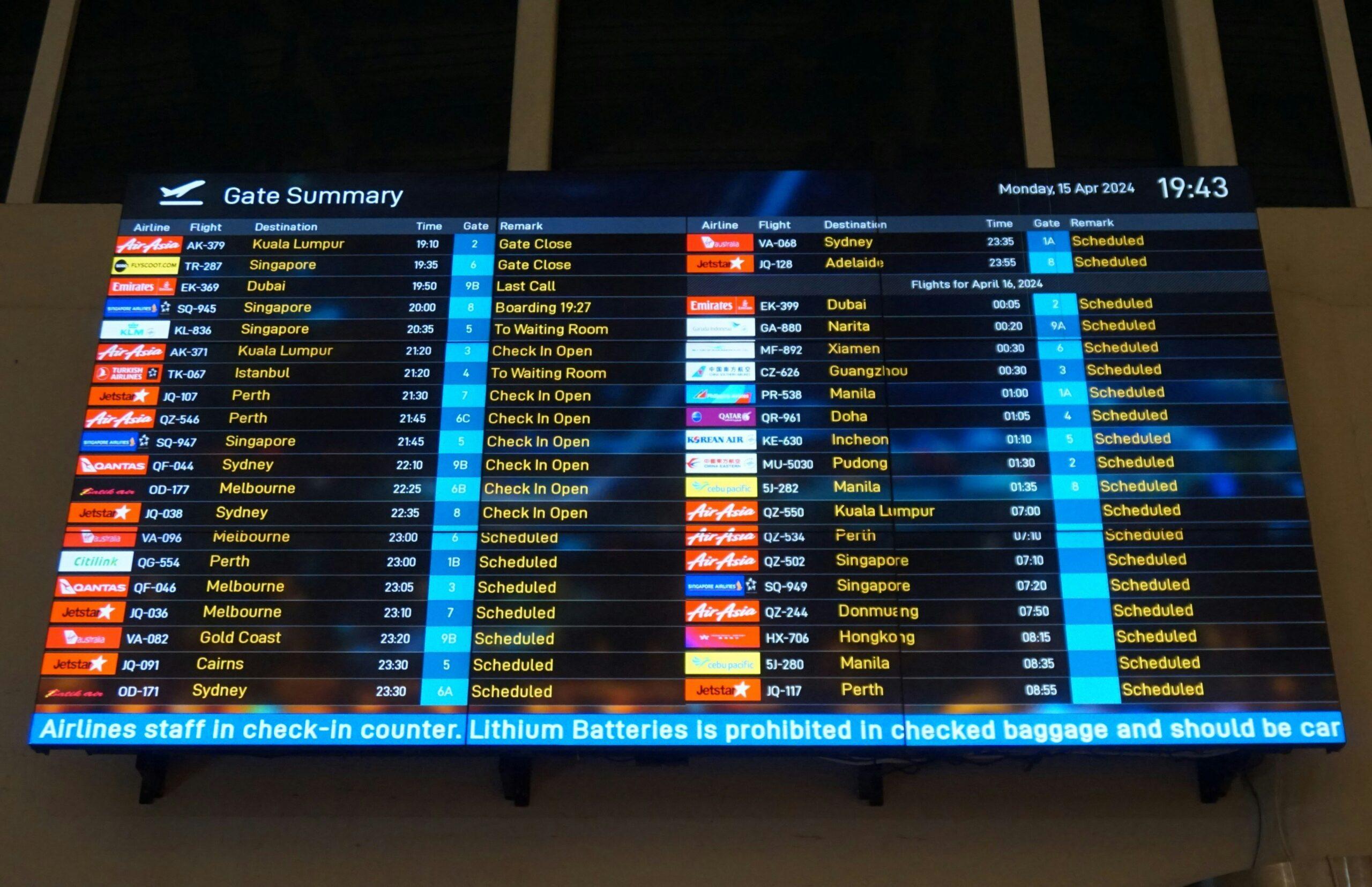Ever missed a flight connection because your phone was on silent, and the airline’s text notification went unnoticed? Yeah, we’ve been there too. Whether it’s a delayed flight or a last-minute gate change, travel disruptions can throw even the best-planned trips into chaos. But what if you could get real-time updates that help you stay ahead of these changes—and ensure your travel delay insurance kicks in when it matters most? Let’s dive deep into how Itinerary Change Alerts can save your trip (and maybe your sanity).
In this post, you’ll discover why Itinerary Change Alerts are crucial for travelers, how to set them up effectively, actionable tips to maximize their use, and some brutal truths about relying solely on alerts. Ready? Great! Grab your coffee; we’re jumping in.
Table of Contents
- Key Takeaways
- What Are Itinerary Change Alerts?
- Step-by-Step Guide to Setting Up Alerts
- Best Practices for Using Itinerary Change Alerts
- Real-World Case Studies
- FAQs About Itinerary Change Alerts
- Conclusion
Key Takeaways
- Itinerary Change Alerts notify you instantly about schedule changes, helping minimize disruptions during travel delays.
- These alerts integrate seamlessly with many airlines, hotels, and apps but require proactive setup.
- Travel delay insurance often covers additional expenses caused by delays—but only if you’re informed and act quickly.
- Don’t rely solely on automated systems; manual checks and backups are essential.
What Are Itinerary Change Alerts?
Think of Itinerary Change Alerts as your digital guardian angel while traveling. These notifications—sent via SMS, email, or app push notifications—inform you instantly whenever there’s an update to your booking schedules, such as:
- Flight delays or cancellations
- Gate changes or terminal switches
- Hotel check-in time adjustments
- Train route modifications

Diagram illustrating the process flow of receiving itinerary change alerts across various platforms.
Now, here’s the kicker: Many people overlook setting these up properly, assuming “someone” will tell them everything they need to know at the airport—or worse, trusting outdated paper tickets. Spoiler alert: That someone doesn’t exist. So, buckle up—because ignoring alerts is like flying blindfolded.
How to Set Up Effective Itinerary Change Alerts
Setting up Itinerary Change Alerts might sound simple, but trust me—it’s easy to mess this up. Here’s my step-by-step guide so you don’t faceplant on your next trip:
Step 1: Choose the Right Tools
Optimist You: “There are tons of amazing tools out there!”
Grumpy You: “Yeah, but half of them are useless unless you actually turn them ON.”
Start by downloading reliable apps from airlines, booking platforms like Expedia, or universal services like TripIt. Enable all notification permissions!
Step 2: Share Your Contact Info
Double-check that your contact info is accurate in every system. A wrong phone number or email address means missing critical updates—oops.
Step 3: Sync Everything
Use calendar integrations to sync your reservations automatically. Apps like Google Calendar make life easier, but double-check entries manually to avoid surprises.
Best Practices for Using Itinerary Change Alerts
- Enable Multiple Channels: Get alerts via SMS, email, AND app notifications. Redundancy saves lives (and trips).
- Stay Charged Up: Keep your phone fully charged throughout your journey—not just for selfies but also for important alerts.
- Check Manually Too: Don’t assume technology never fails. Cross-reference apps against official carrier websites before heading to the airport.
- TERRIBLE TIP ALERT: Relying entirely on free Wi-Fi abroad for alerts? Bad idea. Invest in international roaming or local SIM cards instead.
Real-World Case Studies
Case Study #1: The Canceled Connection
Meet Sarah, who had a tight layover in Frankfurt en route to Bangkok. Thanks to her enabled alerts, she learned her connecting flight was canceled hours earlier than expected. With ample time to reroute flights under her travel delay insurance policy, she avoided massive costs—plus earned bonus points for staying calm under pressure.

Chart showing cost savings achieved using travel delay insurance activated through timely alerts.
FAQs About Itinerary Change Alerts
Q: Can I set up Itinerary Change Alerts directly through my insurer?
A: Usually not. Most insurers expect you to rely on third-party providers like airlines or booking platforms for real-time updates.
Q: Do alerts guarantee compensation from travel delay insurance?
A: No, but they significantly increase your chances of acting within policy deadlines.
Q: What happens if I miss an alert?
A: Hope for the best, prepare for the worst—you may lose eligibility for certain claims under your policy.
Conclusion
Itinerary Change Alerts aren’t just helpful—they’re essential for modern travelers navigating complex schedules and unforeseen disruptions. By arming yourself with the right tools, strategies, and backup plans (because tech sometimes stinks), you can confidently handle whatever curveballs come your way.
So go ahead, embrace your inner jetsetter. And remember—the early bird catches the worm, but the prepared traveler catches the plane (and gets reimbursed for any delays).
P.S. Like a Tamagotchi, your travel prep requires daily care. Stay vigilant.


